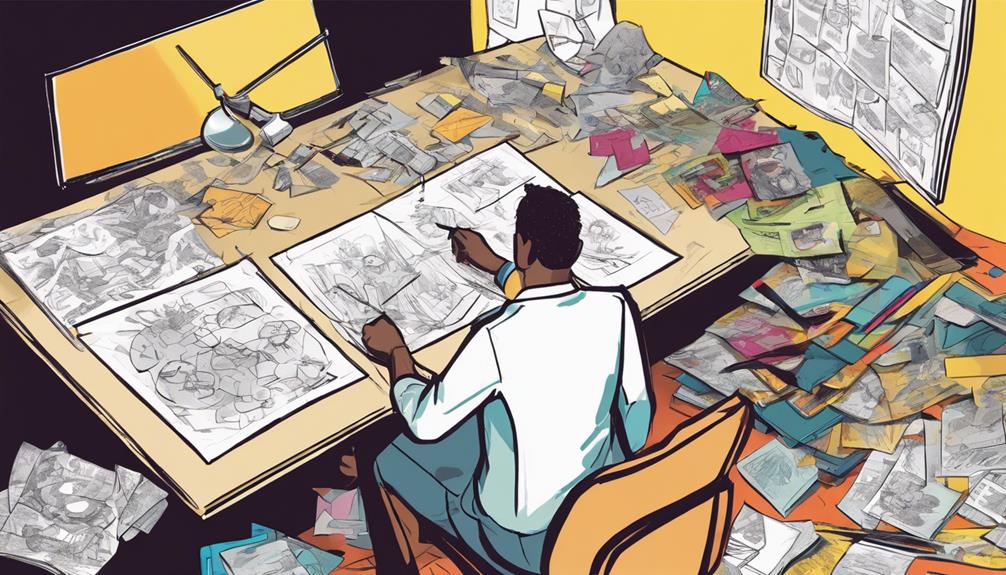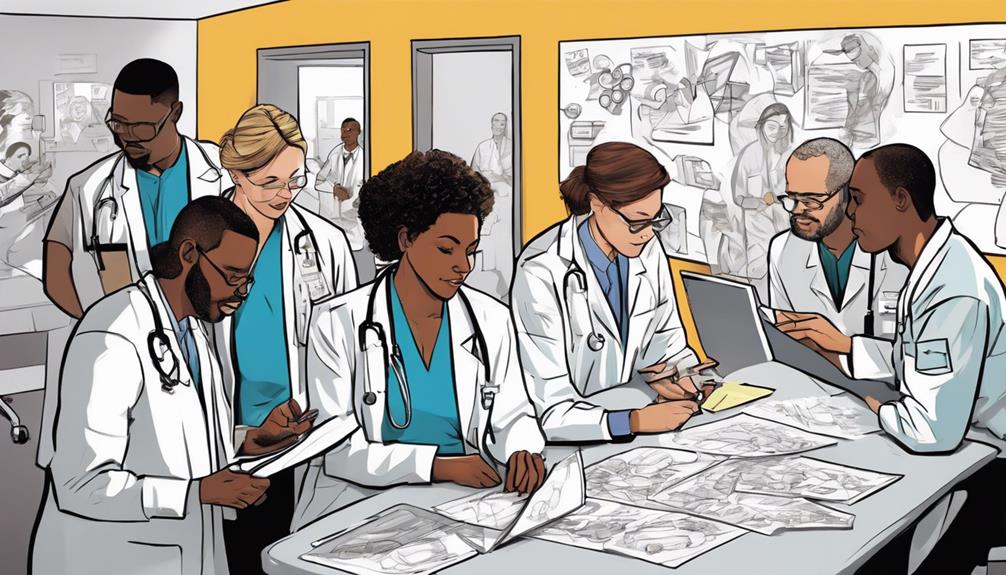To grasp Double Diamond Design Thinking fully, note that it prioritizes divergent and convergent thinking. The model comprises two diamonds, representing problem and solution phases. Known for iterative processes like prototyping and testing, it's been embraced by major players like Apple and Microsoft. Key phases such as Discover, Define, Develop, and Deliver guide this design journey. Don't overlook the crucial role UX research and prototyping play in crafting user-centric solutions. The model tackles common design hurdles and enhances user experiences efficiently. If you're keen on mastering innovation and user-centric design, understanding Double Diamond is a solid first step.
Key Takeaways
- Developed by British Design Council in 2003.
- Emphasizes divergent and convergent thinking for problem-solving.
- Consists of two diamonds representing problem and solution spaces.
- Focuses on iterative processes like prototyping and testing.
- Successfully applied by companies like Apple, Microsoft, and Starbucks.
Overview of Double Diamond Framework
The Double Diamond framework, developed by the British Design Council in 2003, is a powerful tool for tackling design challenges by emphasizing divergent and convergent thinking. This framework consists of two diamonds that represent the problem space and the solution space.
It focuses on iterative processes such as prototyping and testing to effectively solve problems. Companies like Apple, Microsoft, and Starbucks have successfully applied the Double Diamond framework in their design processes, showcasing its versatility and effectiveness.
Key Phases of Design Process
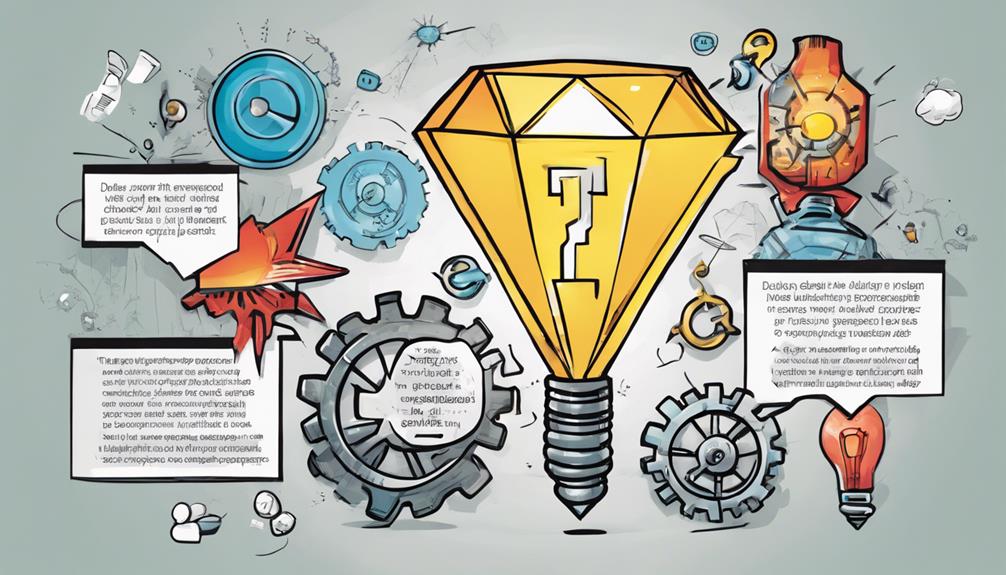
Explore the key phases of the design process within the Double Diamond model to understand its structured approach to problem-solving and innovation.
The design process is based on four essential phases: Discover, Define, Develop, and Deliver.
In the Discover phase, the focus lies on exploring the problem space to gain insights and understanding.
Moving to the Define phase, the core issue is clearly defined, setting the direction for solution development.
The Develop phase is where ideas are generated, and prototypes are created to test and refine potential solutions.
Finally, in the Deliver phase, the finalized solution is implemented and launched to address the identified problem.
Each phase plays a pivotal role in the overall process, ensuring a systematic and thorough approach to design thinking and innovation.
Role of UX Research and Prototyping

Engage deeply with user needs through UX research and prototyping to refine and validate solutions effectively. In the Double Diamond Design Process, UX research plays a pivotal role in understanding user needs. By creating user personas and customer journey maps, designers gain insights into the target audience, guiding the development of solutions that align with user needs.
Prototyping is equally vital, allowing for iterative testing and refinement before final implementation. This iterative prototyping process emphasizes the importance of user feedback in refining solutions to guarantee they meet user expectations. Through continuous testing and refinement, designers can create solutions that aren't only innovative but also effectively address user needs.
Implementation Challenges and Realities

You'll encounter challenges in aligning the design team's collaboration with stakeholder expectations during implementation.
Addressing divergent problem-solving methods can lead to clashes between designers and stakeholders.
Advocating for thorough research can be difficult but is essential for convincing stakeholders of the design process's effectiveness.
Design Team Collaboration
Designers often encounter resistance from stakeholders regarding divergent approaches when progressing through the implementation phase of the Double Diamond Design Process. Here are some key points to take into account for effective design team collaboration:
- Aligning Vision: Business stakeholders may prioritize practical expectations over creative solutions, making it challenging for designers to align design solutions with the stakeholders' vision.
- Advocating for Research: Designers face obstacles in advocating for thorough research to support their design decisions in the collaboration process, as stakeholders may require more tangible evidence.
- Building Trust: Evidence-based arguments for design processes are more convincing to stakeholders, enhancing trust and alignment within the design team.
- Iterative Processes: Strengthening trust and vision within design teams is often achieved through post-launch improvements and iterative design processes, allowing for continuous refinement based on feedback and data.
Stakeholder Alignment
When aligning with stakeholders in the implementation phase of the Double Diamond design process, it's important to address the challenges and realities of stakeholder alignment. Divergent approaches between designers and stakeholders can often lead to clashes, hindering the smooth progression of the design process.
To overcome these implementation challenges, advocating for evidence-based arguments and thorough research is vital in gaining stakeholder trust and buy-in. Post-launch improvements and a commitment to data-driven decision-making can further strengthen the credibility of design teams and enhance collaboration with stakeholders.
Trust is a cornerstone in successful stakeholder alignment, as it allows for open communication, alignment of goals, and a shared vision. Embracing the design process reality of working closely with stakeholders, understanding their perspectives, and fostering a collaborative environment can pave the way for a more effective and impactful implementation of the Double Diamond design process.
Strategies for Design Process Improvement
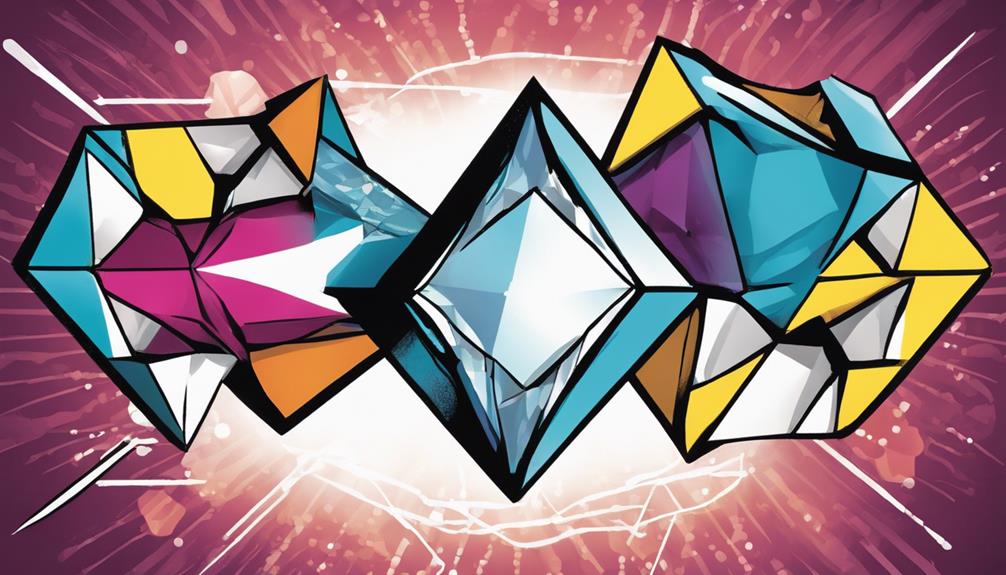
Improving the design process involves implementing strategies that enhance efficiency and effectiveness in problem-solving and innovation. To optimize your design process, consider the following:
- Embrace the Double Diamond Model: Utilize the Double Diamond design process to emphasize problem-finding and problem-solving, driving innovation and creativity in your projects.
- Prioritize User Experience: Incorporate user experience (UX) design principles from the outset, ensuring that solutions meet user needs and expectations effectively.
- Conduct Thorough Research: Invest time in understanding the problem statement through stakeholder interviews and extensive research to gain insights that inform your design direction.
- Engage in Ideation Phase: Foster creativity and collaboration during the ideation phase to generate diverse solutions and explore innovative ideas that address the identified problems effectively.
Insights on New Design Processes
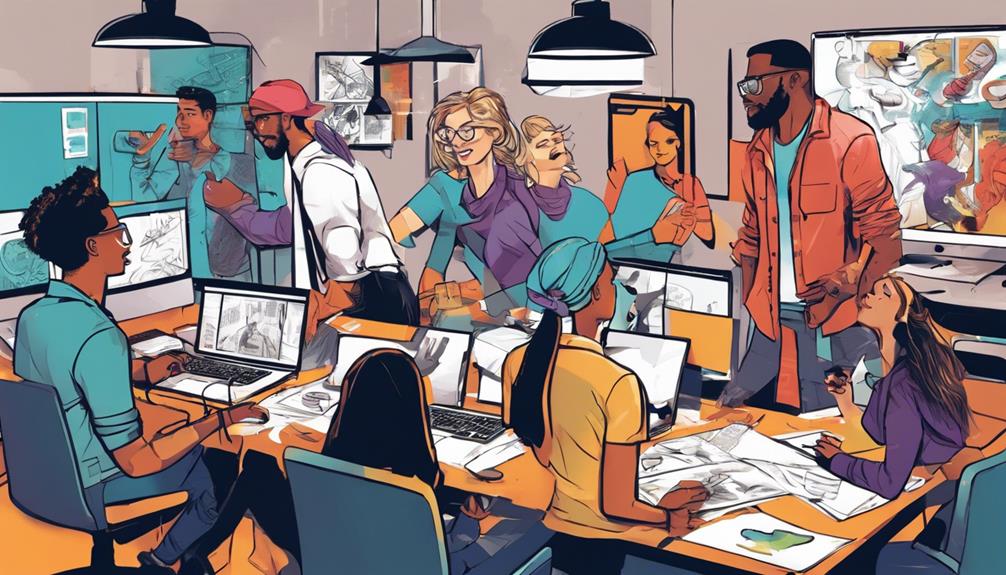
You must adapt to the evolving design process landscape by exploring innovative design approaches that challenge traditional methods.
Embracing design process evolution can lead to breakthrough insights and solutions that revolutionize your approach to product development.
Stay open to new ideas and methods to propel your design process forward and stay ahead of the curve.
Design Process Evolution
New design processes continue to evolve, offering fresh perspectives and approaches to problem-solving in the field of design.
Successful UX Design often involves a process divided into two main phases: Discover and Define. This high-level overview ensures that designers are always focused on creating the right thing based on existing research.
The process is designed to diverge and converge, allowing for creative exploration and focused decision-making at the necessary steps.
A shift in the design process towards consistent product improvements post-launch can lead to more user-centric solutions. Iterating towards the traditional Double Diamond model helps build trust and efficiency in design teams.
Shifting the focus from pre-launch to post-launch solutions is essential. Monitoring feature performance post-launch is vital for adapting and evolving the design process effectively, resulting in more impactful design processes.
Innovative Design Approaches
To explore innovative design approaches, consider the Reverse Double Diamond model as a practical method for iterating towards traditional design processes. Shifting the focus from pre-launch to post-launch solutions can lead to valuable improvements in the design process.
By consistently enhancing products post-launch, there's a potential shift towards more iterative approaches in design thinking. Actively monitoring the performance of features post-launch is essential for refining design processes and ultimately enhancing user experiences.
The proposed new Double Diamond model aims to address common challenges in design processes and foster innovation by incorporating these iterative methods. Embracing innovative design approaches not only allows for the optimization of traditional methods but also opens up opportunities for exploring new avenues in design thinking.
Resources for Further Reading
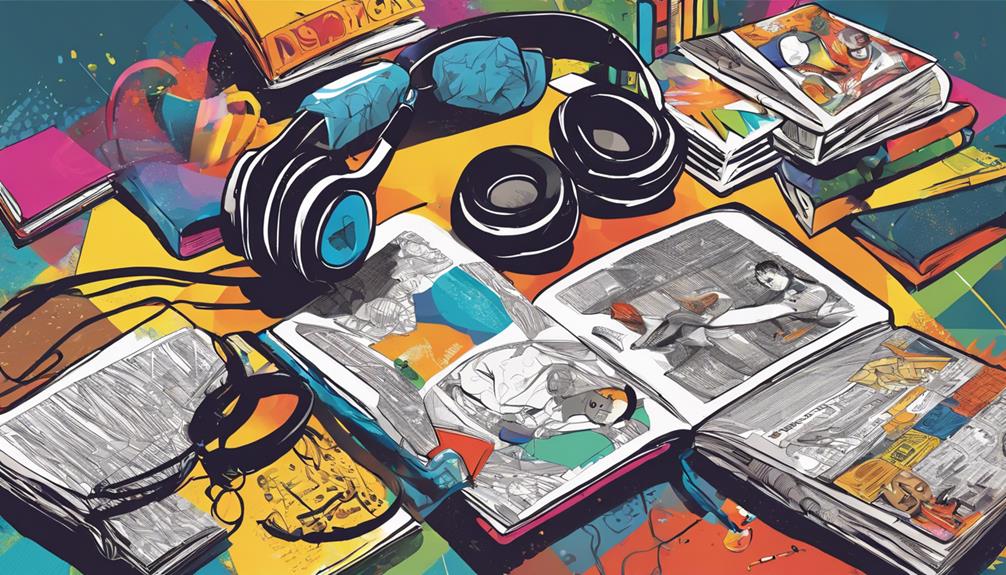
- *'Designing Your Life' by Bill Burnett & Dave Evans*:
This book provides a thorough approach to applying design thinking principles, offering practical tips for personal and professional growth.
- *Articles by Industry Experts*:
Industry experts share practical tips and perspectives on design thinking and its real-world implementation, enriching your understanding of the design process.
- *Creating MVPs and Managing Design Deliverables*:
Various authors explore topics such as creating Minimum Viable Products (MVPs) and effectively managing design deliverables, enhancing your skills in product development.
- *Design Team Dynamics and Collaboration*:
Examine resources that focus on building effective design teams, fostering collaboration, and navigating dynamics within design projects, crucial for success in the field.
These resources cover a range of topics to deepen your understanding and application of design processes in various contexts, providing valuable insights for your design journey.
Frequently Asked Questions
What Are the Principles of Double Diamond Design?
To understand the principles of double diamond design, you'll explore problems deeply in Discover, define the core issue in Define, generate ideas in Develop, and test solutions in the process. Aligning with user needs and technical constraints is essential.
What Are the 4 Stages of the Double Diamond Model?
The 4 stages of the Double Diamond model are Discover, Define, Develop, and Deliver. In Discover, you explore the problem space. Define involves synthesizing info and defining the core problem. Develop is for ideation, prototyping, and testing. Deliver implements the final solution.
What Is the Double Diamond Ideation Process?
The Double Diamond ideation process involves divergent and convergent thinking to explore problems deeply and generate innovative solutions. It encourages creative idea generation and solution development through prototyping, testing, and user feedback.
What Are the Requirements for the Double Diamond?
To succeed with the Double Diamond process, guarantee team cohesion and project relevance in selection. Use a well-equipped meeting room for visual brainstorming. Collaborate across functions to connect user needs with technical constraints effectively for solutions.
Conclusion
You now have a solid understanding of the Double Diamond design thinking framework. Remember to apply key phases, utilize UX research and prototyping, and tackle implementation challenges head-on.
Keep pushing for improvement in your design process, explore new strategies, and continue learning from valuable resources.
Embrace the journey of creativity and innovation with Double Diamond design thinking!



